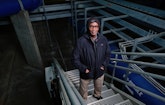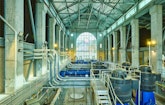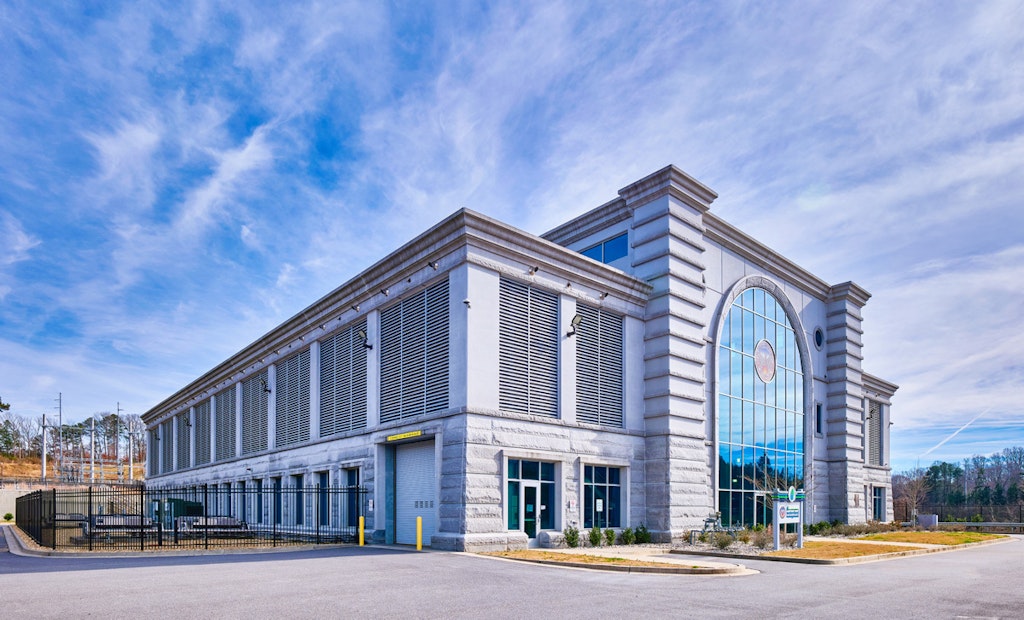More than a decade ago, the city of Atlanta faced a significant water crisis stemming from a severe, extended drought from 2007 through 2009. It left the city on the verge of a potentially crippling crisis: just a three-day reserve of emergency raw water.
Today, the city has a 30-...










